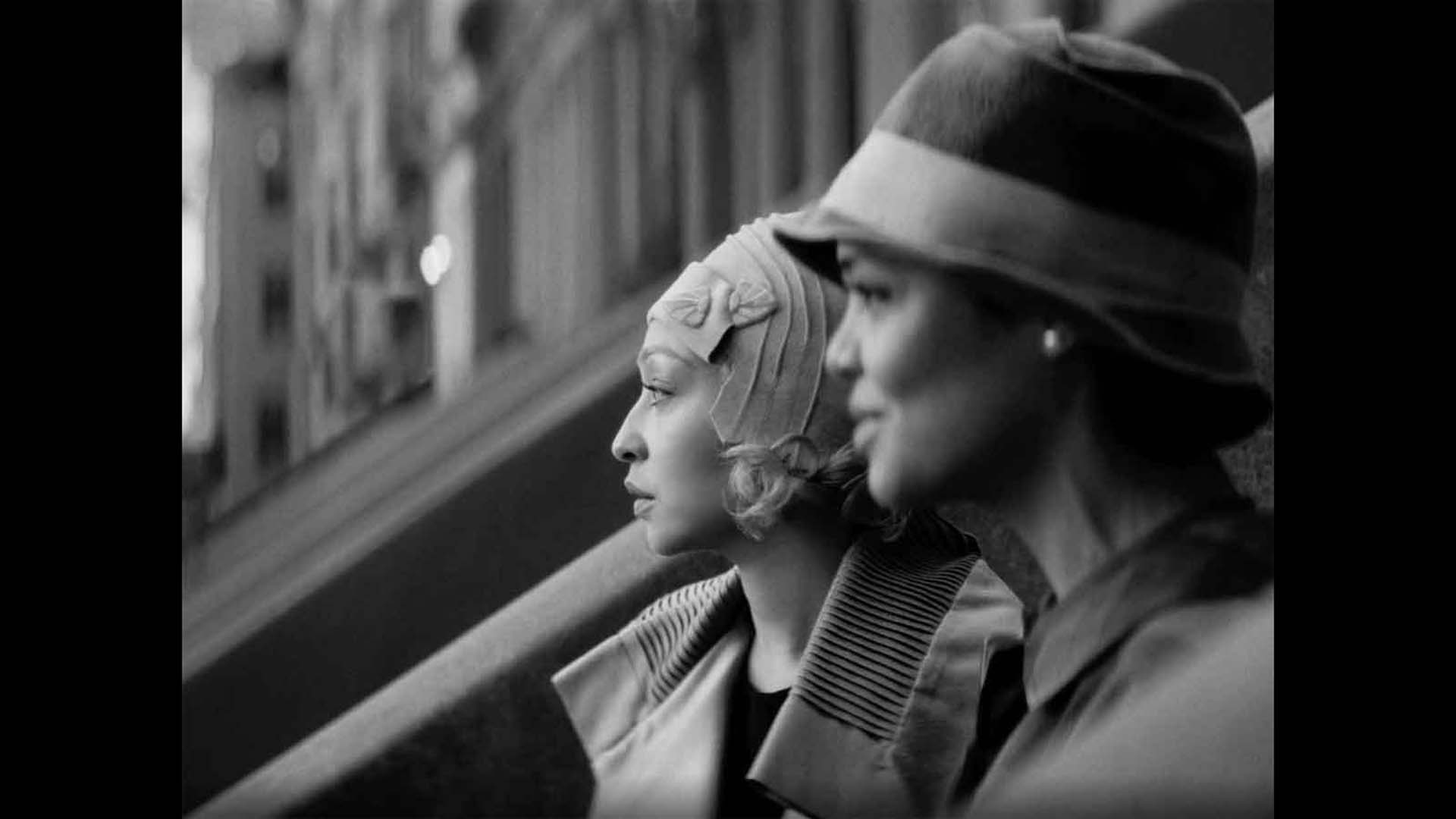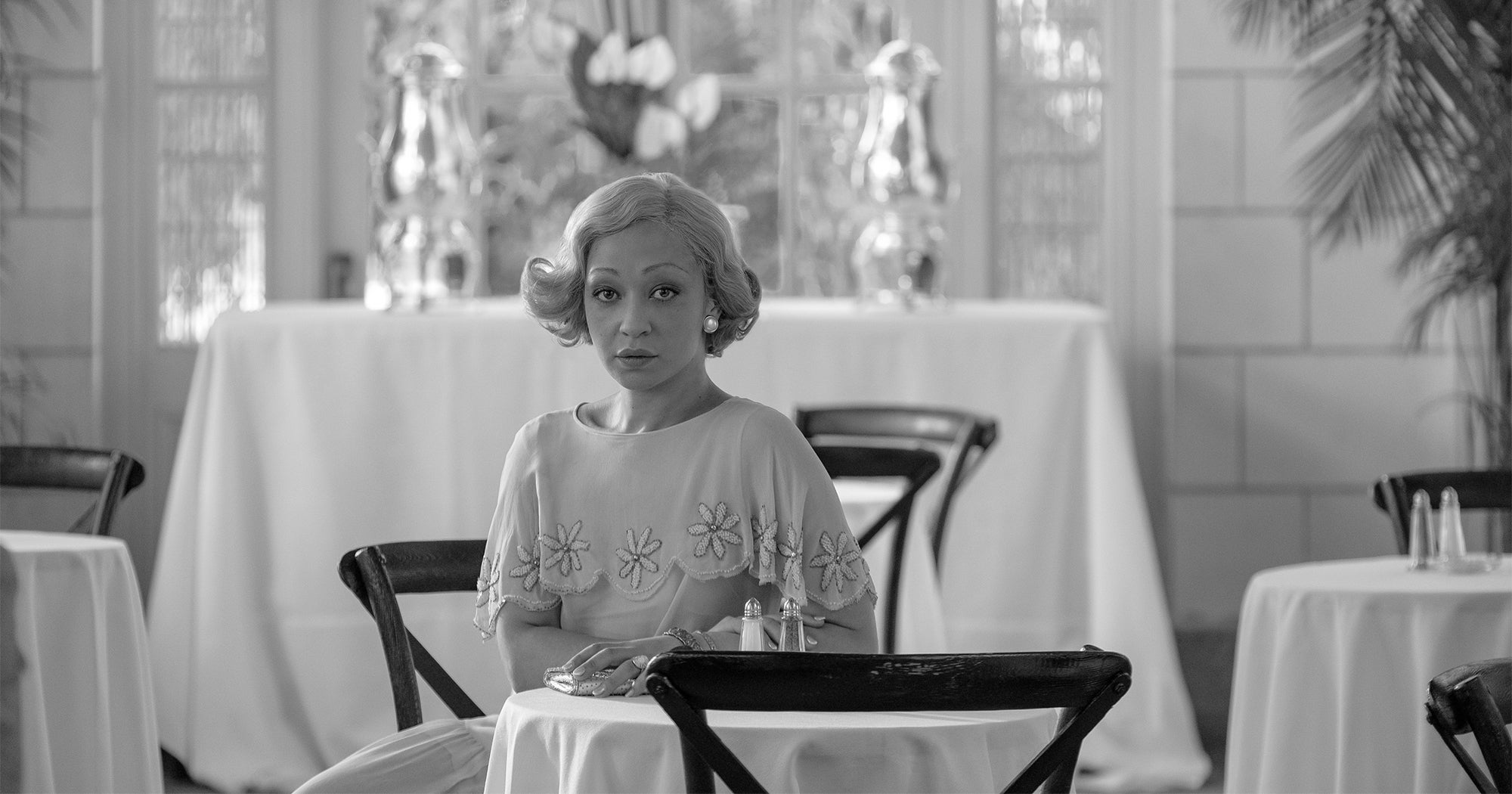
Passing uses vintage anamorphic lenses to frame a 4:3 image. Roland Denning takes a look at the film, and asks why we still strive for that perfect vintage look.
I didn’t know very much about the new movie Passing when I watched it on Netflix the other night, but I was impressed, not only by the film itself, but by its extraordinary cinematography. You can get a sense of it from this trailer:
Shot by Spanish cinematographer Edu Grau, it is the first feature directed by actress Rebecca Hall (daughter of theatre director Peter Hall). Based on a 1929 novel by Nella Larson, it tells the story of two black woman in 20s New York, one of whom has broken through social barriers by passing herself off as white. It is a story that resonates on a number of levels; as one of the characters says, ‘We are all passing for something or other, aren’t we?’.
The film is shot in 4:3 black and white, the images are soft and shimmering and I immediately wanted to know what it was shot on. The answer is surprising: it was shot on an Alexa Mini, using anamorphic Lomo lenses but cropped down to 4:3. Yes, a 2.35:1 frame side-cropped to 1.33:1. The resulting image resolution is a modest 1.7K.
Lomography
Is this the same Lomo famous for ‘Lomography’ and lo-fi toy cameras? Well, yes and no. LOMO stands for Leningradskoye Optiko-Mekhanicheskoye Obyedinenie, a company based in St. Petersburg that has been making high-end optical equipment since 1914. Their consumer cameras (a minor part of their operation) began to attract attention from analogue enthusiasts drawn to unpredictable vignetting, light-leaks, distortion and flares, and a group of Viennese students set up Lomographische AG in 1995, initially to sell the Lomo LC-A (a copy of a Japanese Cosina snapshot camera) but later developing a whole range of lo-fi models, now mostly originating from China.
The anamorphic lenses used for Passing are Soviet-era cinema lenses, much sought after for their ‘character’ (which, by modern standards, verges on personality disorder). They are soft without looking out of focus, they distort and flare in a very anamorphic way and exhibit extreme breathing, immediately evoking a lost era of epic widescreen cinematography. If that all sounds a bit too much, in the context of Passing they are in no way gimmicky – they totally complement the style of the film. We are very far from the hip world of Lomography here.

Passing. Image: Netflix.
Grau’s compositions are unusual and sometimes unsettling: appropriate to characters who often feel out of place, and who are literally moving between black and white worlds.
The image is clean (no imposed grain) and the lighting is predominantly soft, but with plenty of contrast. The Lomo lenses produce a gentle fall-off on the edges and a subtle diffusion without needing filtration. It looks beautiful. The look and the acting style evokes the 1940s cinema, and the same time it feels very modern – there is not a sense of pastiche, we are clearly looking at this era through modern eyes.
In the digital era, why do we increasingly look back to the tools of a bygone analogue age?
Partly it is to evoke the movies of the past and partly to stand out from the pack. There is a certain pleasure in coming across a set of antique lenses that gives you just the look you want. Logically, today we should be able to achieve these looks digitally; in principle, you should be able to dial-in whatever lens look you want, but that software doesn’t seem to exist yet, perhaps because the market is small, and perhaps because DoPs would rather hunt around for that beautiful antique glass.
Tags: Production Film


Comments